Module - 2013
Composing Interactivity
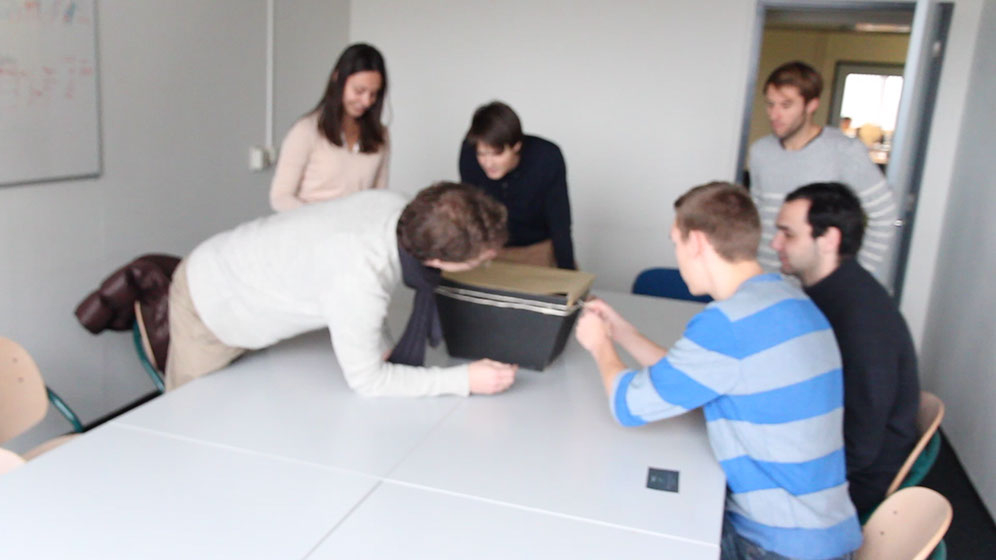
Motivation
Creating experiences is a major element of design for me. I am interested in creating experiences from my second bachelor year and since then I have developed my own interpretation and way of working in this subject. The module had my curiosity because it proposed to look at a different way to experiences than I was used to. Actually I expected to work with music and working with the question how music could communicate specific experiences. When I learned we were to find out whether it makes sense to create a notation system for experiences I was interested since that is something that I would like to find out. Eventually the module did provide me with new insights of designing for experiences, my own experience notation system and a bit unexpected, a new and clear insight in design research processes.
Design research process
It is nice to experience ones a well-structured research process that can be fun to do as well. I liked the openness and the exploring characteristics of this process. I learned that research can be done by just framing a concrete research question and start exploring by taking one step in one direction, reflect, alter the direction and continue exploring. On the last day of the module we had a discussion whether you need to include scientific papers in order to “call” it research. This module showed me how you can still do valuable research through designing, exploring, making and reflecting. I can see now how design research processes is so much related with the reflective transformative design process. It is the goal of the process and the choices that you make because of that goal, which makes a design process different than a design research process. Yet in practice they do not differ that much. This insight is an important one for my master, since last semester I had so much trouble in performing my project in a design research process.
Communicating experiences
Experiences are personal and cannot be designed. We can create the conditions to direct people towards an envisioned experience. Yet in communicating the envisioned experience I noticed our group also intent to explain only the conditions of the context to sketch experience. I learned that we should do this from the perspective of the user and not only sketch the conditions of the context. Otherwise there are too many possibilities of how your design is experienced, since you cannot cover all the influences a person gets during that scenario. When communicating from a person’s perspective, you just show one variation of the experience and that becomes clear.
Notation system
I believe our notation system works very well in the sense of communicating through a person’s perspective and it also allows me to express my thoughts on the design in a quick and easy manner. Yet I think our notation system works best together with a storyboard to make the context and movements more explicit. Still I expect to use our notation “language” in the future as well for brainstorming or meetings with other designers.
Whether such a notation system should be used in a prescriptive or descriptive manner is already discussed in the group reflection on which I very much agree. These notation systems work best as a descriptive tool to explain your thought and ideas to other people (in your team). I also agree on the statement that every designed notation system in the module has its own values and advantages and are therefore applicable in different phases of your process. I do not think there is one system that always works best.
Designing experiences in general
Besides the design research process and the insights of making a notation system, I also learned some interesting aspects about creating experiences. We created a scenario that needed a very specific mood for people to start their experience in. I learned that a well-made movie can do already so much in setting the right mood and be an introduction for the experience in the same time. This I can implement in future experiential designs as well. Another aspect that made our scenario an interesting challenge was the different storylines that intertwined throughout the whole scenario. We made three groups that each had their own story to participate in, with different locations and different settings. I learned that I need to go through each group scenario to be able to set the right experience and be able to do the timing right when the storylines rejoin again. This worked well with the first two groups, but a less with the third group. It is good to keep in mind to take all the players of the experience into account when designing the conditions.
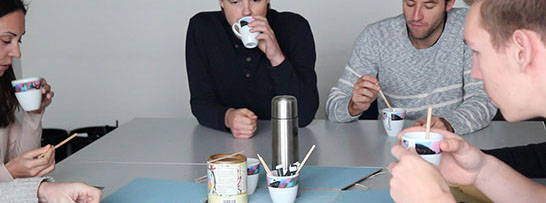
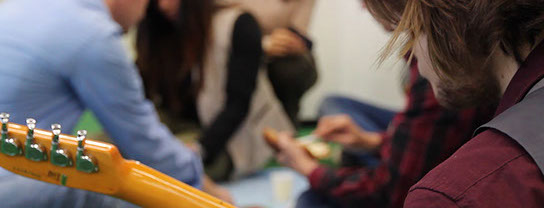
We directed an experience for a funeral picnic with multiple phases and locations
Individual movie about my Coffee ritual
I used this movie to first make my own notation system. Later on in the module we analyzed all the notation systems and developed one further.
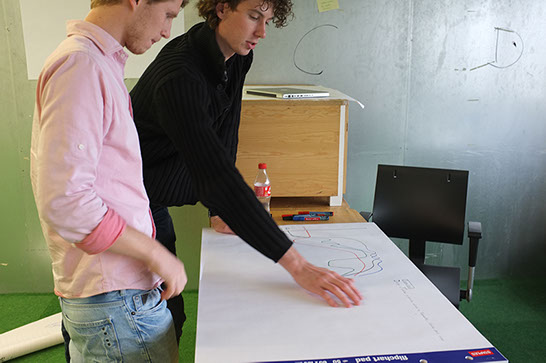
Testing a notation system to communicate a experience with others students
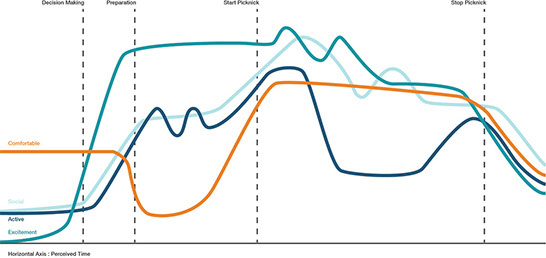
Our group notation system of an experience